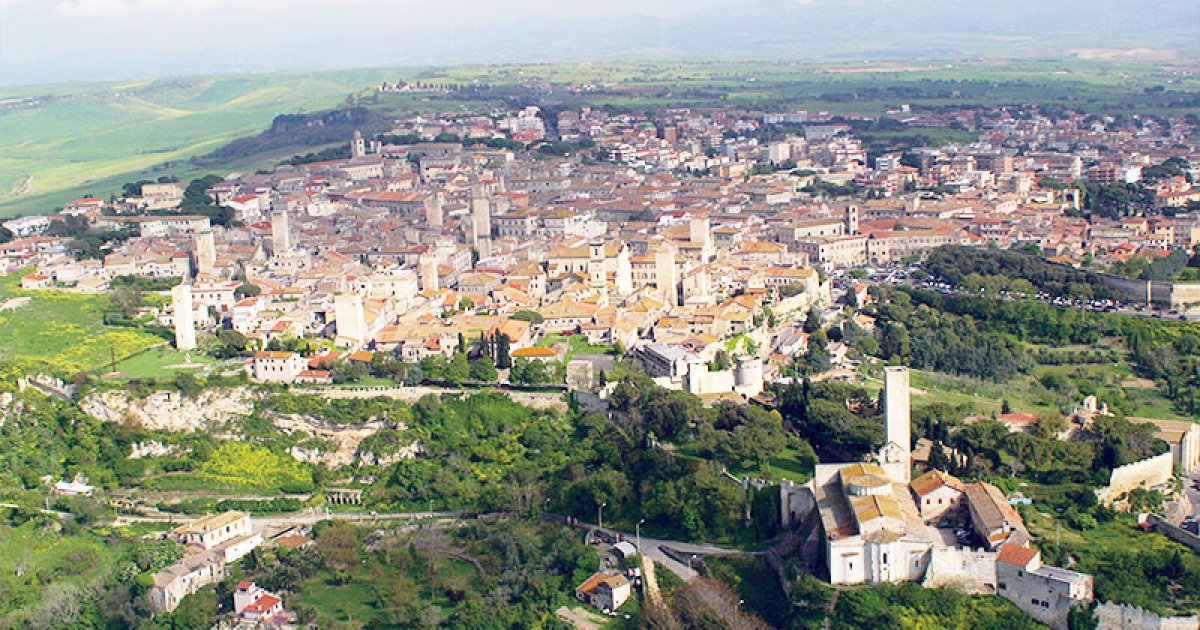TARQUINIA, Introduction
 Language: English / USA
Language: English / USA
Tarquinia’s history stretches back a very long way, with its roots in the fascinating Etruscan civilization, and developed to a significant extent in the Middle Ages. Dating to Etruscan times is the splendid burial ground – which you can reach on foot – known as the Monterozzi Necropolis, a UNESCO World Heritage Site.
Until 1922, Tarquinia was called Corneto. This name was given to the town in the Middle Ages, when it began to develop around the “turris de Corgnito”, an ancient settlement that grew up around the castrum of Tarquinius, perched on the Castellina hill and inhabited until the beginning of the 14th century.
The new town grew quickly over the following centuries, expanding from the Castle area to the present-day Corso Vittorio. It spread further still at the beginning of the 13th century, with the construction of the Franciscan, Augustinian and Hospitaller religious buildings: San Francesco, San Marco and San Giovanni Gerosolimitano. The significant development of the town was largely thanks to its significant production of cereals, wild cattle rearing and the selling of local products, mostly to Rome, facilitated by the nearby seaport of Gravisca.
Modern-day Tarquinia has maintained the appearance of a medieval village, featuring marvelous examples of architecture such as Palazzo Vitelleschi and Palazzo Comunale, as well as splendid churches that include the Cathedral, Santa Maria in Castello and San Martino, often with very different styles.
All this – plus an impressive 38 towers and the remains of the city walls and the ancient fortifications – is enough to make any visitor fall in love with the fabulous Tarquinia Old Town.
At Porta Fiorentina, near the Monastery of Santa Lucia, you can clearly see the double ring of walls that once surrounded the town.
The Monastery was built testing on the fortifications, which had embankments used as gardens and to grow vegetables and were erected between the 12th and 13th century to defend the second extension of the town, Castro Novo. A clear open space of five or six meters wide was left between the two rings of walls, and a large ditch was dug out on the outside of the walls, still visible today along the stretch that runs from Porta di Dante to Porta Clementina.
Something else you’ll find particularly interesting is the fortification that blocks the road running from Santa Maria in Castello into the town, formed by two gates and a high defensive wall at the back, with walkways at the top, and two towers, one square and the other circular and known as “Torrione di Matilde di Canossa”.



